Content

Industrial wastewater refers to the contaminated water generated from industrial activities. It typically contains a variety of pollutants, such as chemicals, heavy metals, oils, and other harmful substances. The composition of industrial wastewater can v
Update: 05/07/2024
Share:




What is Industrial Wastewater?
Industrial wastewater is wastewater generated from the production processes of factories, manufacturing facilities, industrial zones, etc. The pollution characteristics or concentration in industrial wastewater vary greatly, depending on the type of industry, production lines, or the scale of the enterprise.
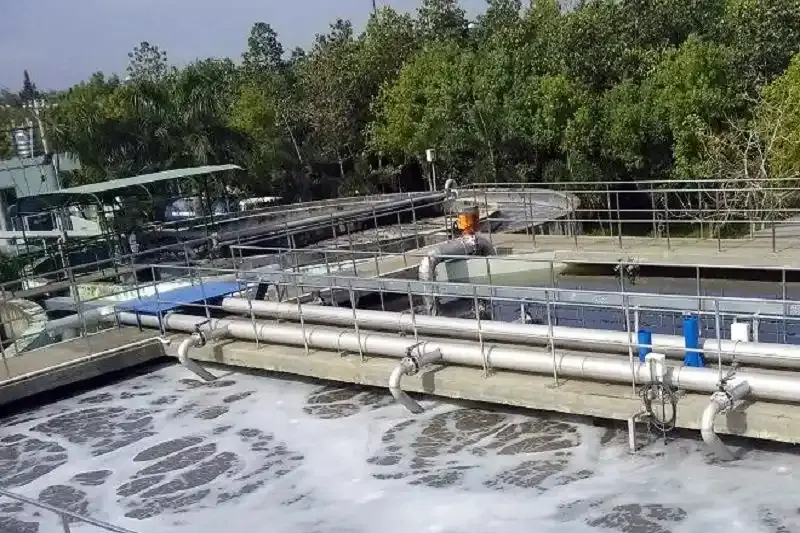
Industrial wastewater contains unstable chemical components, depending on various factors. However, most wastewater carries heavy metal ions such as iron (Fe3), lead (Pb2), mercury (Hg2),... and some organic and inorganic compounds, both soluble and insoluble phosphorus, nitrogen, fatty acids, chlorine, grease, oils, etc.
Therefore, to ensure environmental safety and the well-being of people around, businesses need to design solutions and explore effective industrial wastewater treatment technologies tailored to their specific industrial activities, ensuring flexibility and alignment with the production processes.
Origins of Industrial Wastewater
Industrial wastewater is typically classified into two types:
- Dirty industrial wastewater: This type of water is directly generated from production activities such as equipment cleaning, or the daily activities of factory workers.
- Clean industrial wastewater: This type is produced during machine cooling, heat dissipation in cooling stations, or condensed steam during production processes.
.webp)
According to specific regulations in each country or region, particularly in Vietnam under Article 2 of Decree 154/2016/ND-CP, industrial wastewater originates from the following production activities:
- Production activities of breweries, distilleries, carbonated drinks, and soft drinks.
- Activities from the printing ink industry, dyeing or textile facilities.
- Wastewater from concrete mixing stations, paint production facilities, spray painting.
- Wastewater generated in coffee processing plants.
- Arising from boiler service industries.
- Laundromats and utility service establishments.
- Export processing zones: instant noodles, dairy, paper, agricultural and aquatic products.
- Wastewater from livestock farms, slaughterhouses.
- Electronic component manufacturing plants, metalworking, mechanical or metallurgical processing, etc.
- Chemical plants, pharmaceuticals, fertilizers, plant protection products, or household items, construction materials, stationery, etc.
.webp)
Components of Industrial Wastewater
The major pollutants in industrial wastewater are mainly inorganic compounds, dissolved organic compounds, trace organic compounds causing unpleasant odors, organic compounds resistant to biological degradation, and various harmful substances for aquatic life.
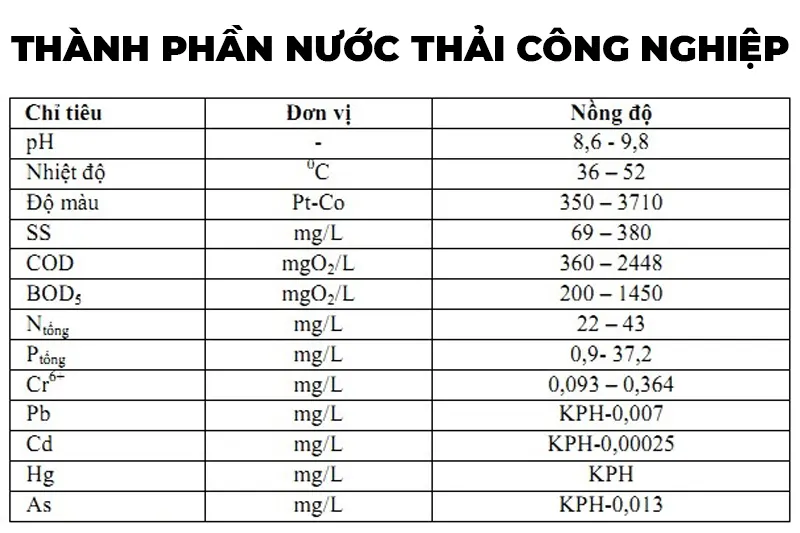
Additionally, industrial wastewater also includes other pollutants such as grease, suspended solids, heavy metals, nutrients, all present in high concentrations.
Characteristics
- Physical properties: Industrial wastewater often carries a strong odor, in various solid-liquid-gas states (suspended solids, adhesives, lime, etc., are usually partially removed by sedimentation).
- Chemical properties: It contains both inorganic components (chlorine, nitrogen, phosphorus, sulfur, heavy metals like iron, lead, toxic substances, or gases like H2S, CH4,...) and organic components (carbohydrates, proteins, nitrogen nutrients, fats, engine oils, lubricants, insecticides, herbicides, etc.).
- Biological properties: It includes pathogens, various microorganisms causing harmful diseases to human health.
Standards for Industrial Wastewater
The Ministry of Natural Resources and Environment has recently issued new regulations on industrial wastewater - QCVN 40, in addition to the 2015 regulations on industrial wastewater (QCVN 14 - MT:2015/BTNMT) applicable to various types of domestic wastewater from production and business establishments and related industries.
It is divided into two types:
- Type A: Maximum limits for pollutants allowed to be discharged into water sources used for domestic purposes.
- Type B: Maximum limits for pollutants not allowed to be discharged into water sources for domestic use without undergoing industrial wastewater treatment processes.
Why Treat Industrial Wastewater?
The presence of industrial wastewater alongside industrial development leads to numerous adverse effects on the environment and human health.
Water Source Pollution
Industrial wastewater significantly impacts aquatic life in water bodies.
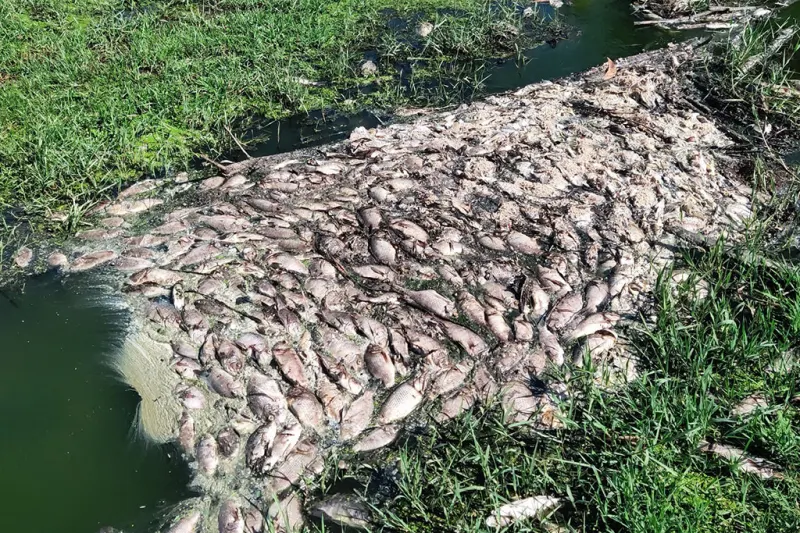
The chemicals in the water alter its properties, leading to genetic mutations in aquatic species over time.
Soil Pollution and Impact on Soil Organisms
Industrial wastewater carries various inorganic and organic compounds that seep into the soil, accumulating to cause soil pollution and harm to soil-dwelling organisms.
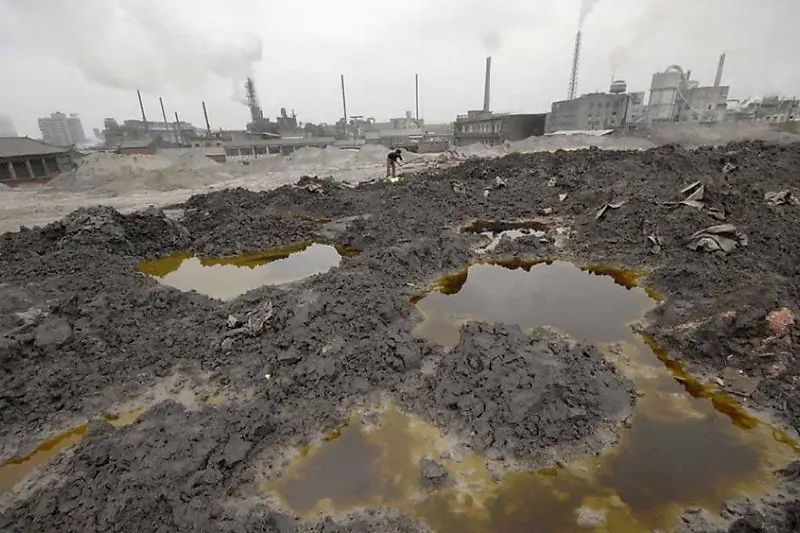
Air Pollution
Harmful inorganic and organic compounds in industrial wastewater, when released into the air, increase particulate matter density in the air.
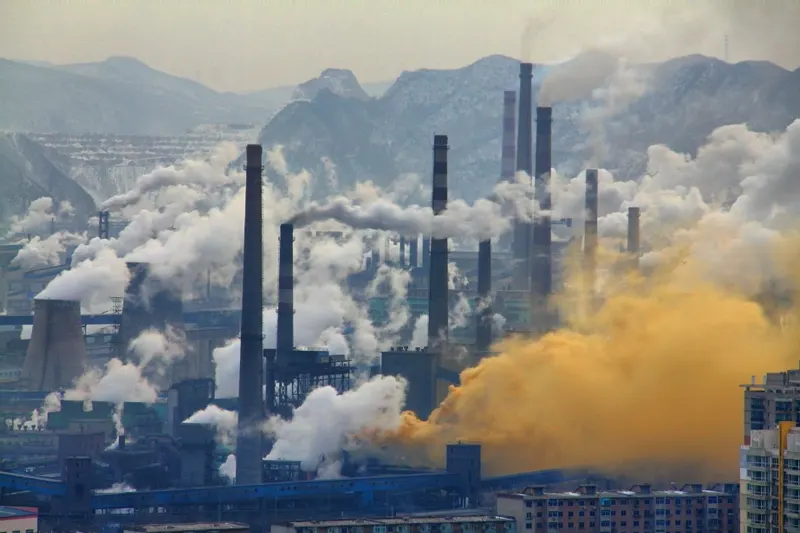
Given these hazards, every factory, plant, or company should understand wastewater treatment methods before commencing operations to ensure environmental safety for both the surroundings and people.
Update: 05/07/2024
Share:




Related news
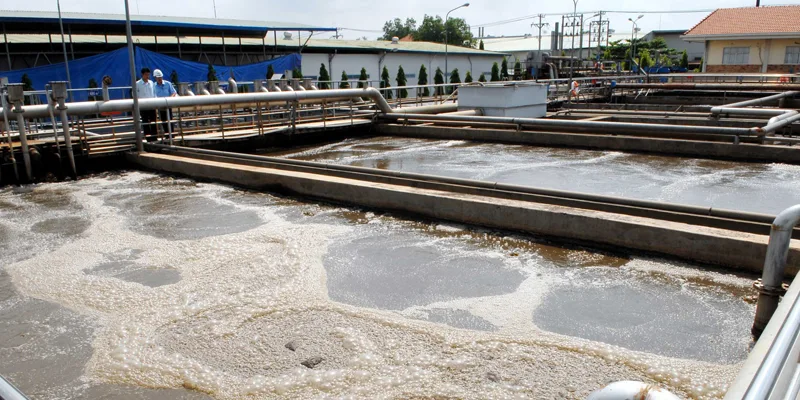
Industrial wastewater refers to the contaminated water generated from industrial activities. It typically contains a variety of pollutants, such as chemicals, heavy metals, oils, and other harmful substances. The composition of industrial wastewater can v
Industrial wastewater is contaminated water that can harm human health and the environment if not properly treated. The article below will provide more information about this hazardous wastewater and how to treat it most effectively.
Created at: 05/07/2024
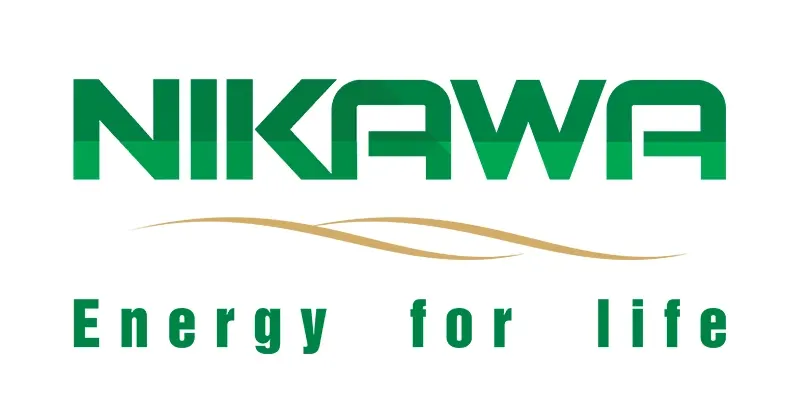
NIKAWA - Bringing pure water to every family
Nikawa has become a familiar name to Vietnamese consumers, offering a range of home and industrial water filtration systems. These products utilize advanced technology to completely remove impurities, bacteria, viruses, and heavy metals from water, providing users with pure and safe water.
Created at: 27/05/2024
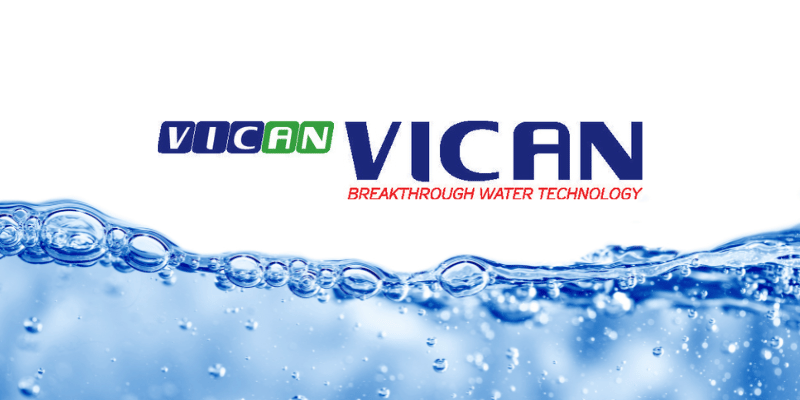
VICAN: A reputable supplier of water filtration and wastewater treatment solutions.
Vican is a reputable brand under the Vican International Group, specializing in providing advanced water filtration and wastewater treatment solutions for various applications, ranging from households and businesses to industrial zones or large-scale projects. With over 20 years of extensive experience in the industry, Vican has established a leading position in the Vietnamese market and expanded internationally, offering optimal solutions to customers worldwide.
Created at: 27/05/2024






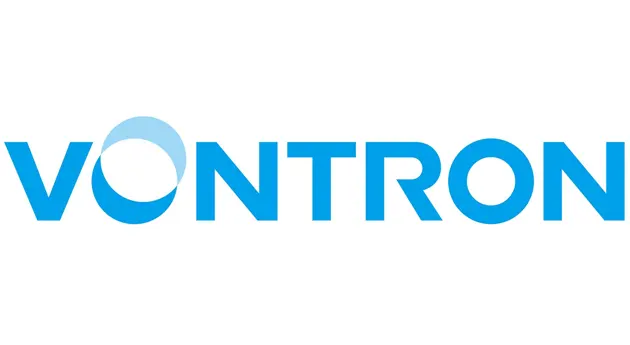
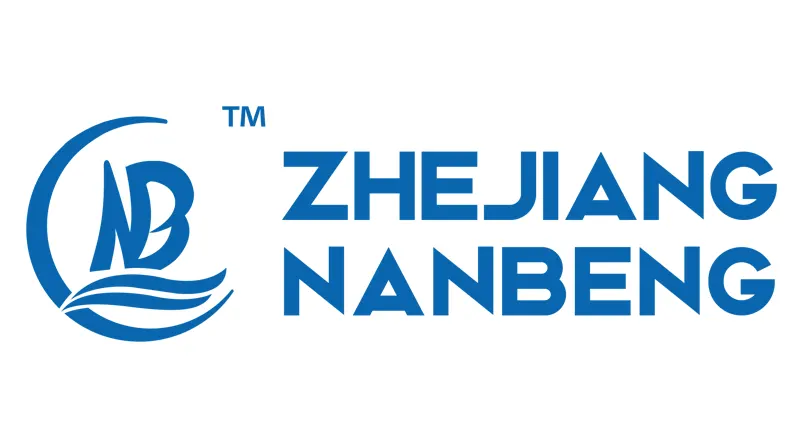


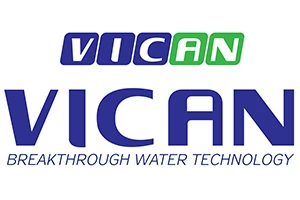






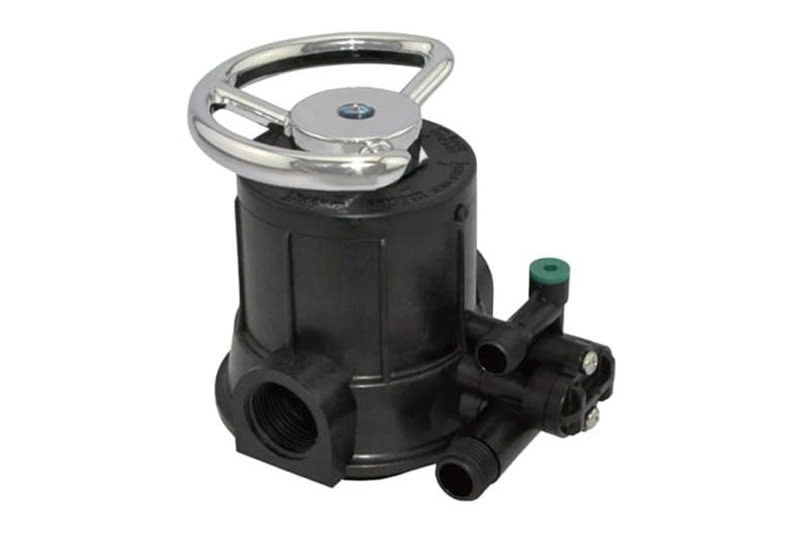
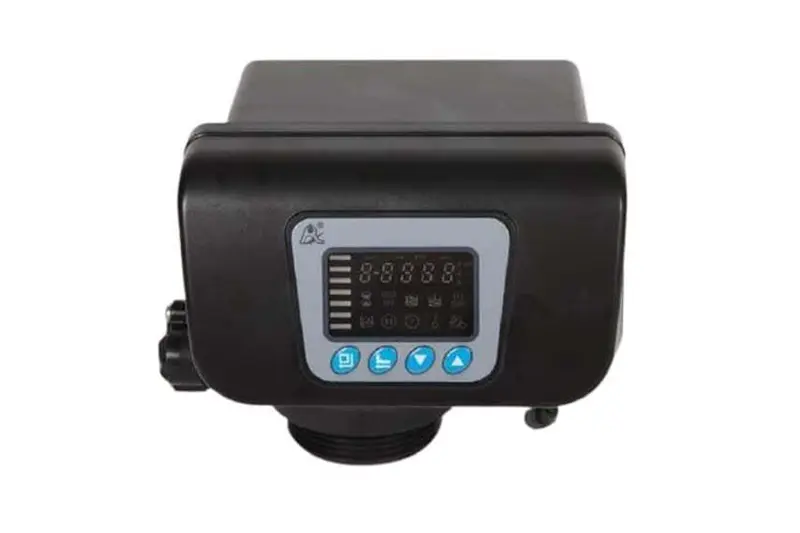




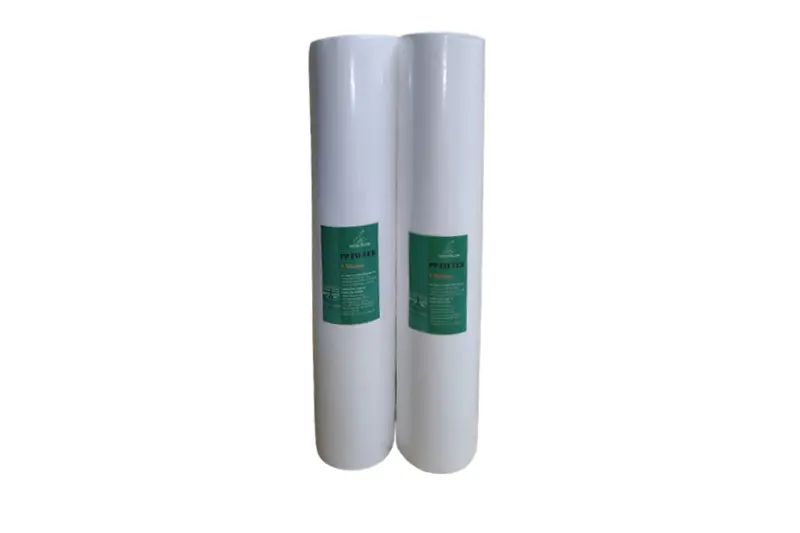



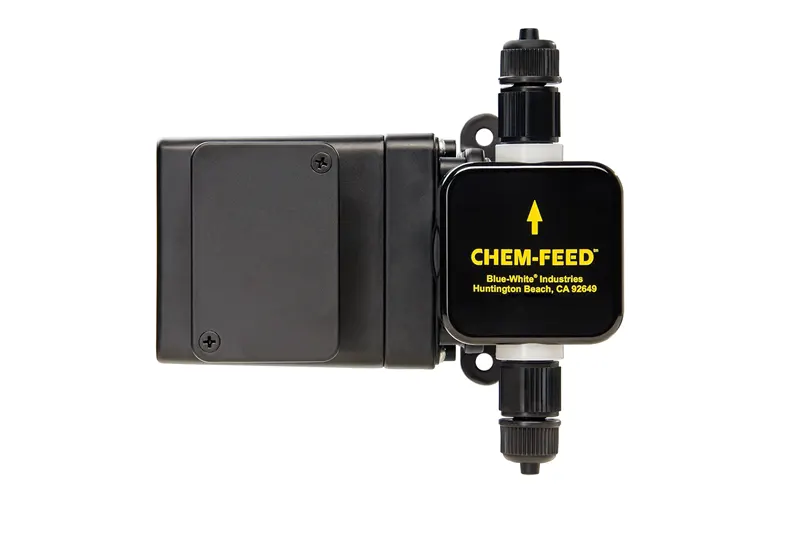
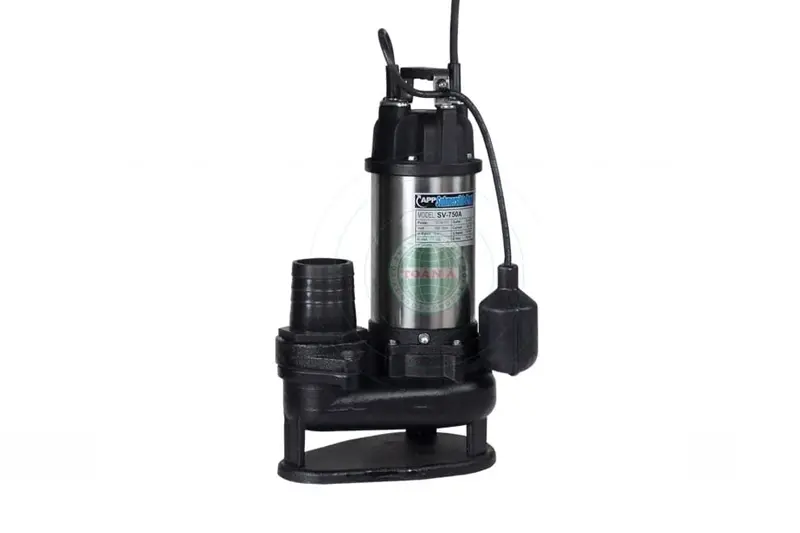



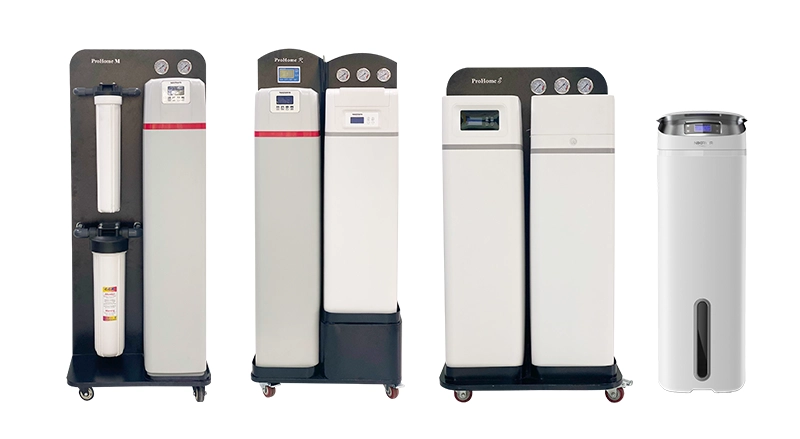
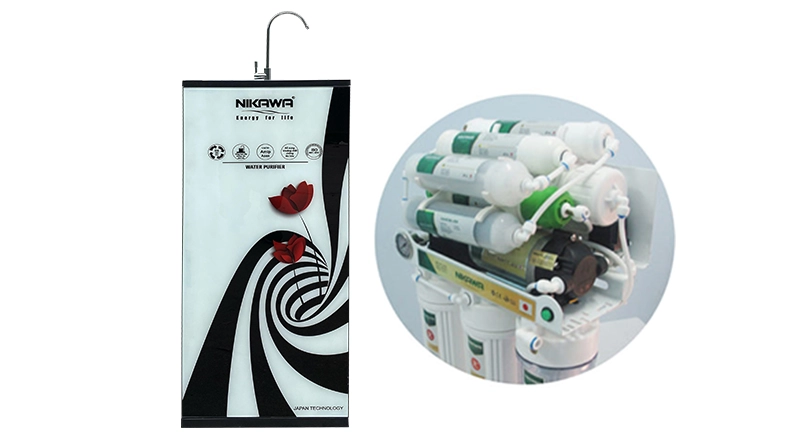
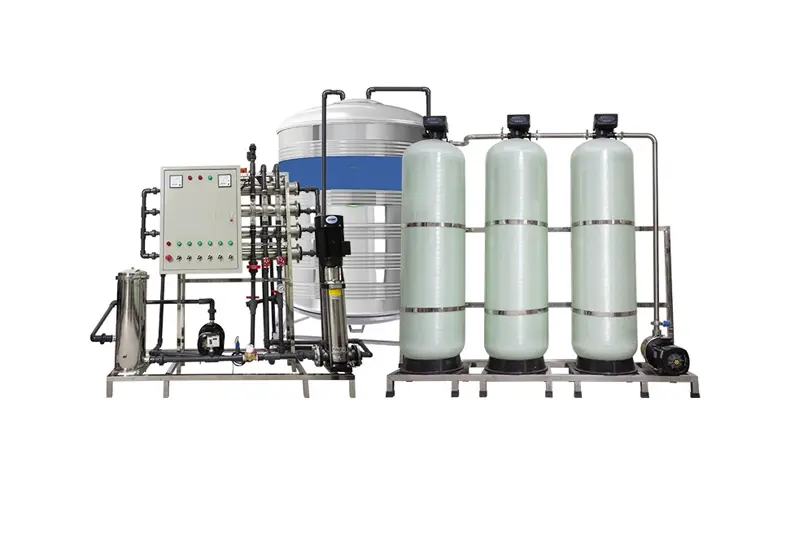
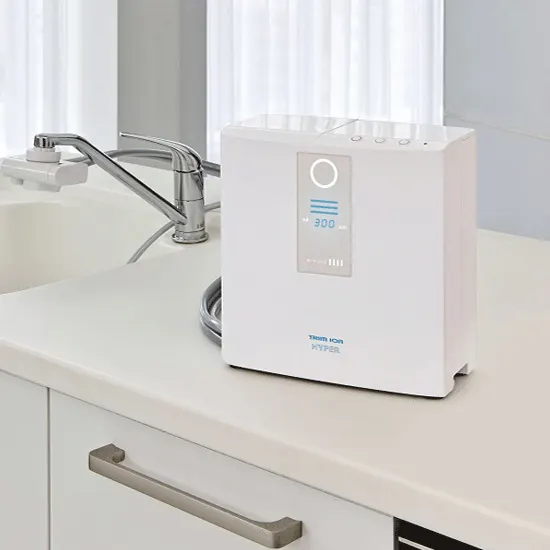
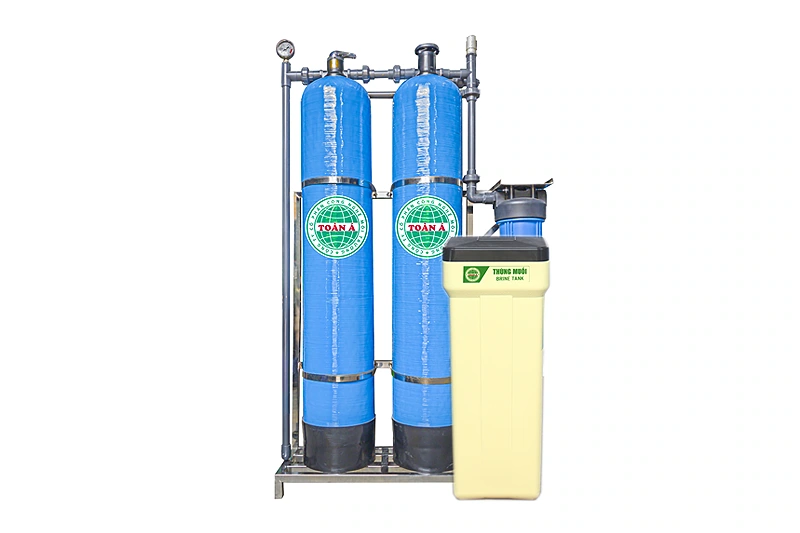


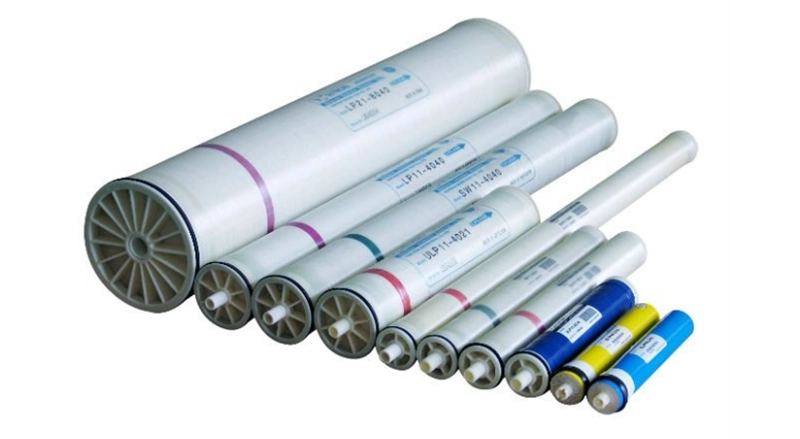
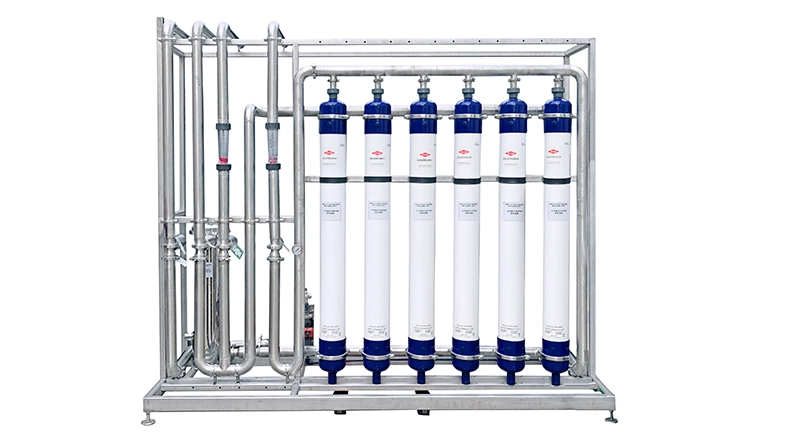


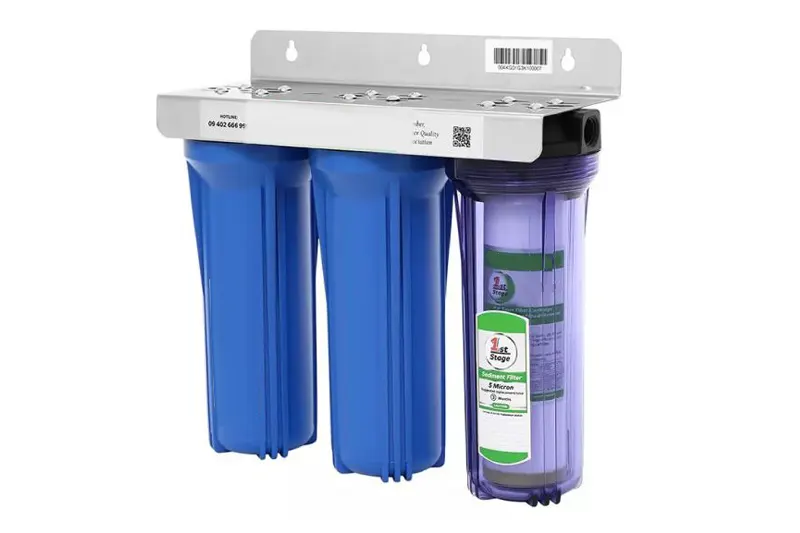

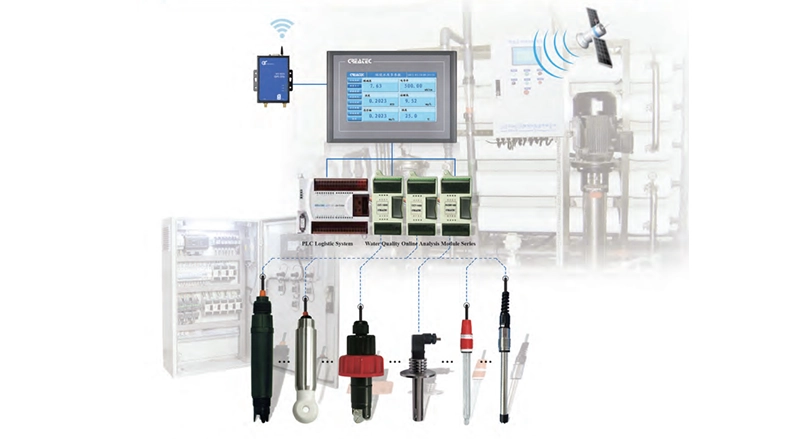
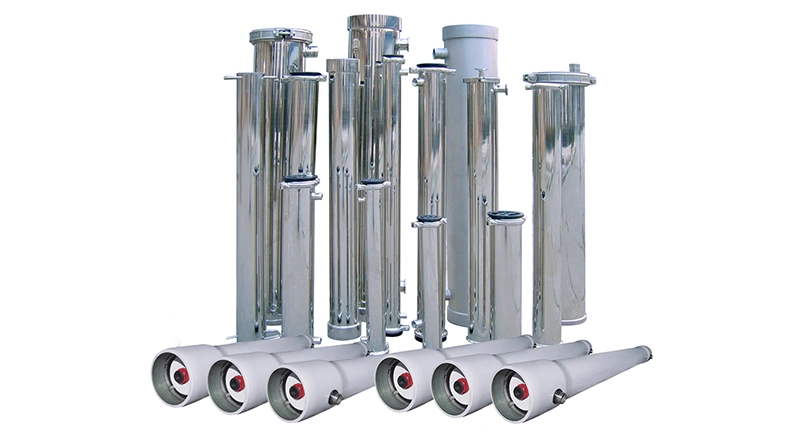
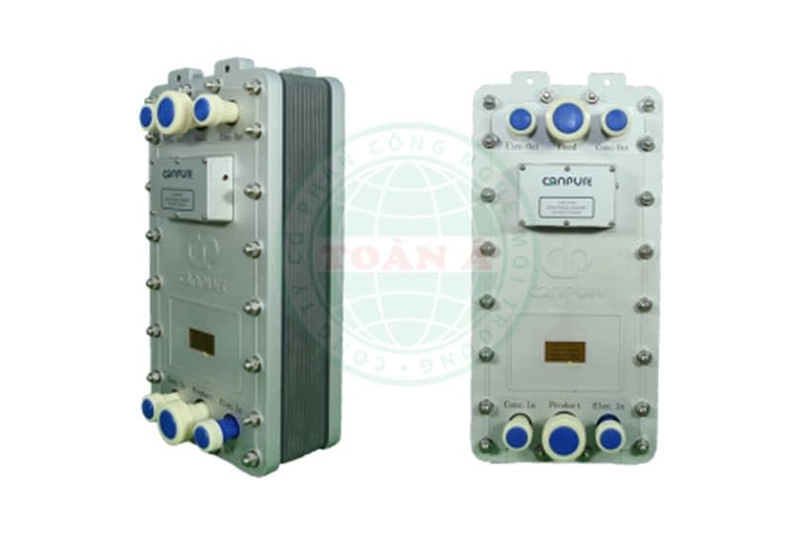
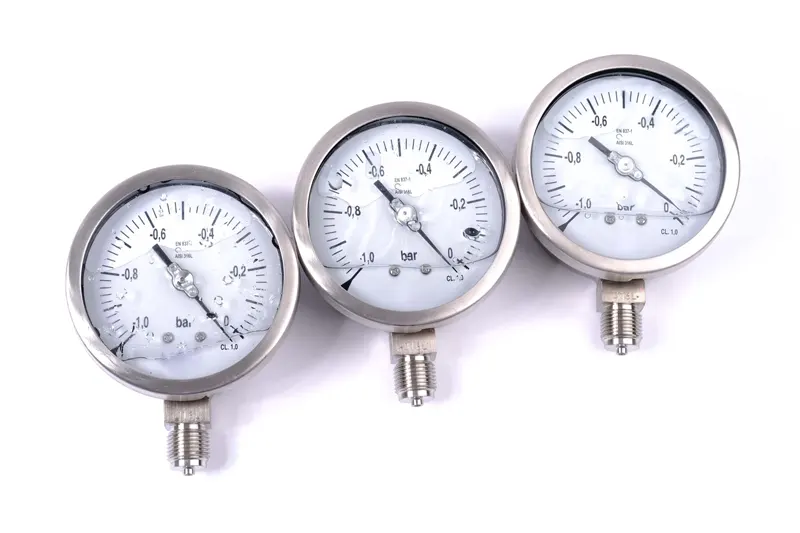
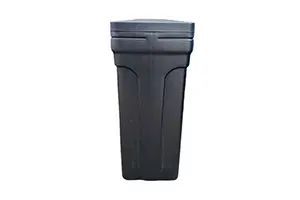


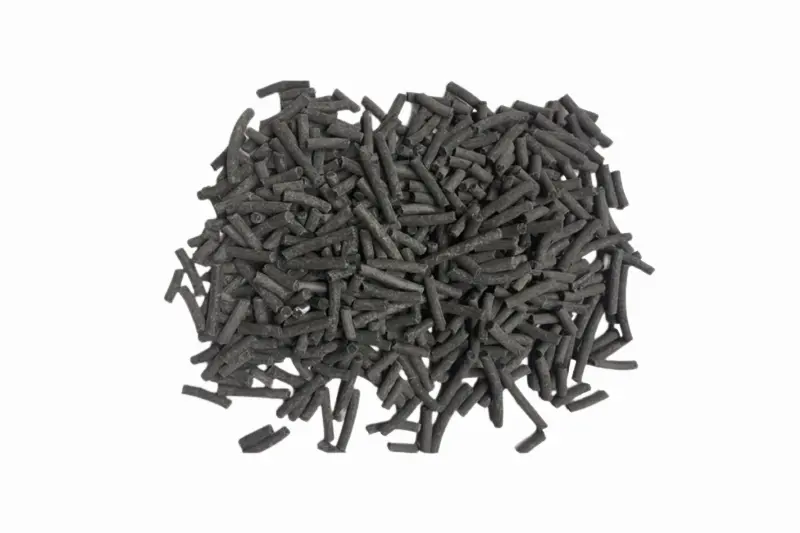
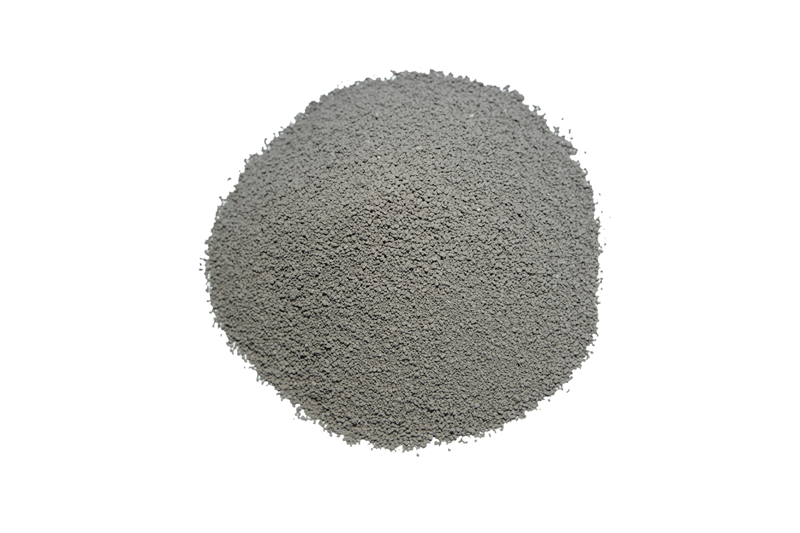
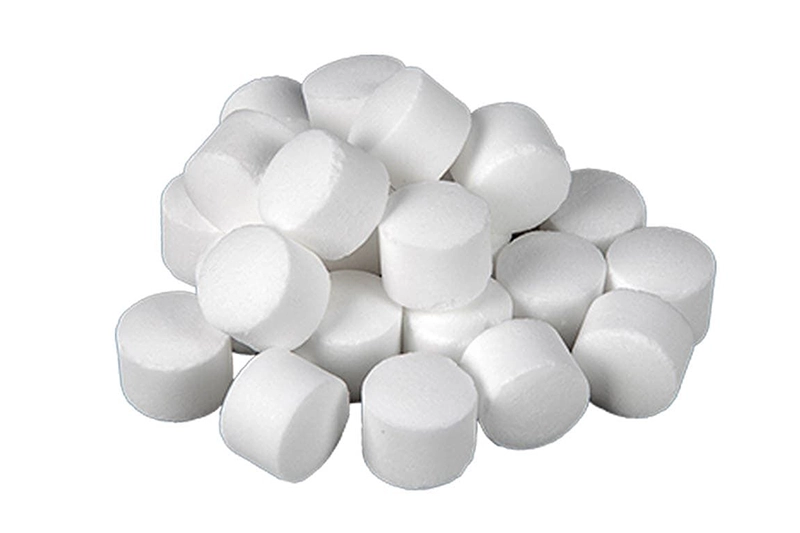
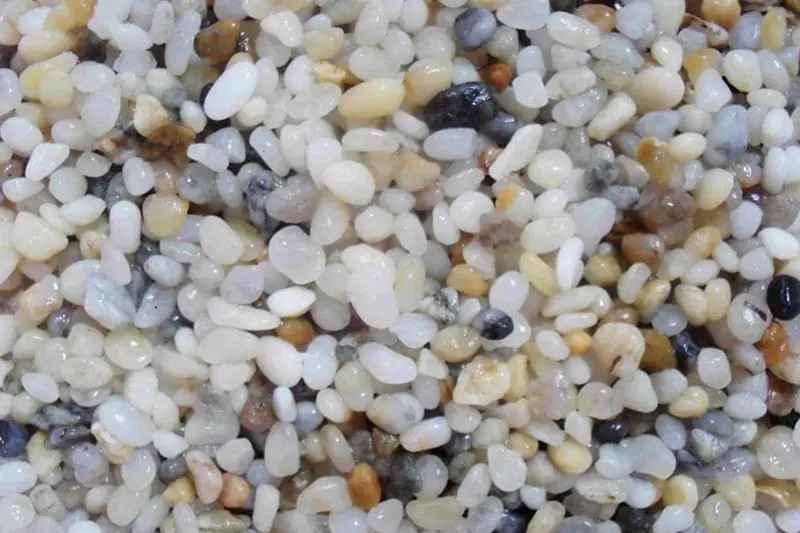
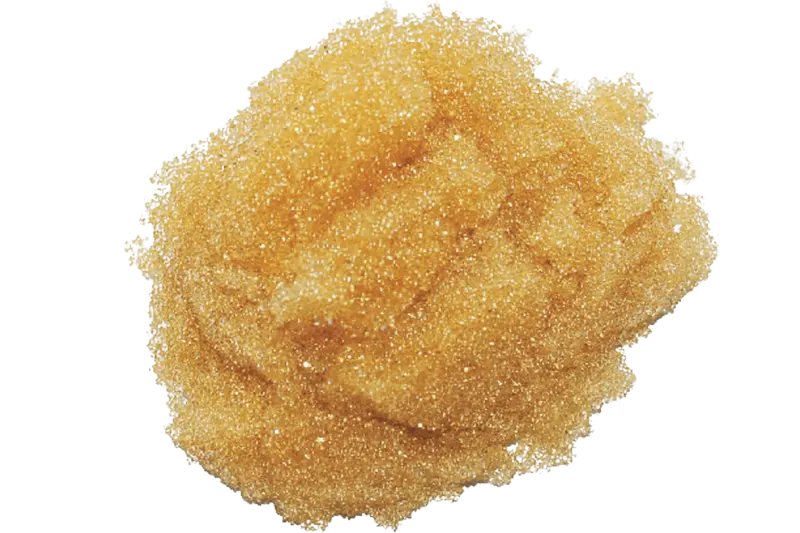






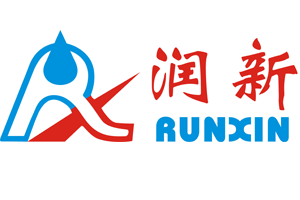

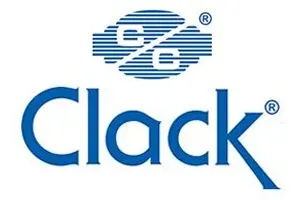
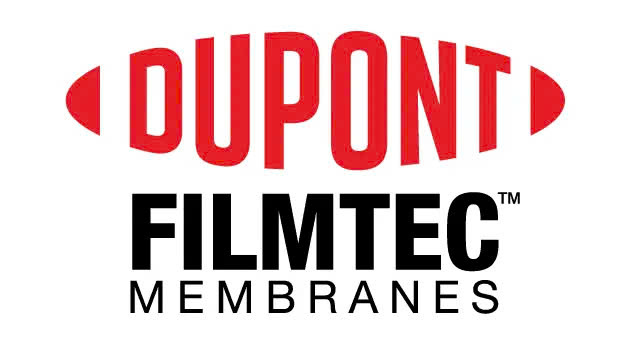
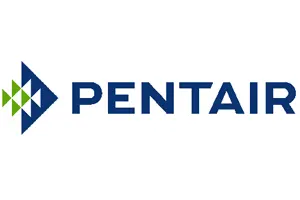
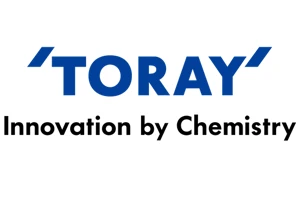

 Water Filter Columns
Water Filter Columns
 Water Filtration Membranes
Water Filtration Membranes
 Control Valves
Control Valves
 Water Filter Cartridges
Water Filter Cartridges
 Water Pumps
Water Pumps
 Water Filtration Equipment
Water Filtration Equipment
 Water Filtration Components
Water Filtration Components
 Water Filtration Materials
Water Filtration Materials
 Heat Pump Water Heaters
Heat Pump Water Heaters



 Products
Products  Solutions
Solutions  Project
Project  News
News